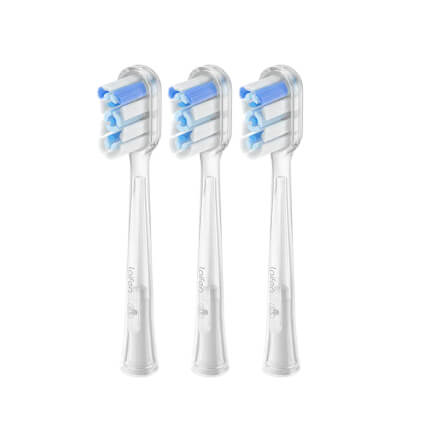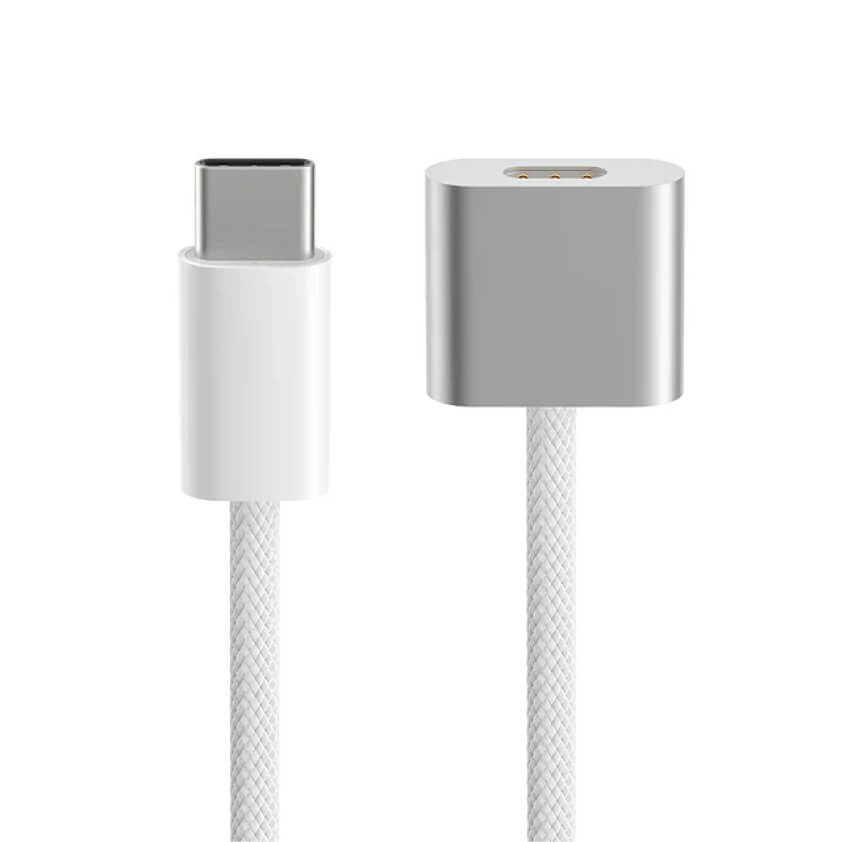
In this article
If you notice swelling in your gums and a small, red bump above one of your teeth, you might have an abscess tooth. An abscess is caused by an infection, and it can be super painful, particularly if you leave it to grow and get worse.
The good news is that most abscesses can be treated easily by your dentist, and if you follow their advice, you should be back to your best in just a few days.
So, if you think you might have an abscess on one of your teeth, read on to find out what might have caused it and what you need to do about it.
What is an abscess tooth?
A tooth abscess is a pocket of pus on your gums that is caused by some type of bacterial infection. Though abscesses vary in shape and size, they typically look like red, swollen bumps and are sensitive to the touch.
What causes an abscess tooth? It's caused by a bacterial infection in the mouth, but there are three main types of infection that can lead to an abscess:
-
Periodontal: It starts in the bone and tissues that support your teeth. It commonly occurs as a direct result of gum disease.
-
Gingival: This type of infection forms in your gums and doesn't typically affect the roots or supporting structures of your teeth.
-
Periapical: A periapical abscess forms at the top of your tooth's root, and it may even spread to the pulp.
Untreated cavities can often lead to abscesses, as can periodontal disease. Some people who experience a tooth injury or trauma that results in broken or chipped teeth may also be susceptible to an abscess.
An abscessed tooth can be extremely painful, so you need to seek dental care to treat it. Below are some of the main symptoms you may experience if an abscess has recently formed.
Tooth abscess symptoms to be aware of
So, what does an abscess tooth look like? Here are some specific things to look for:
-
A red, swollen lump on your gums
-
Increased sensitivity of one tooth or several teeth
-
Sharp pain in one or several of your teeth
-
Bad breath or a bitter taste in the mouth
-
Redness or bleeding of the gums
-
Loosening of the tooth in question
It's common for people with a serious abscess to show other symptoms, including fever, sweating, and general body weakness. Some people also notice swollen lymph nodes.
Given the pain and discomfort a tooth abscess can cause, it's so important to ask your dentist to take a look. The sooner you go for treatment, the less pain you will experience in the long run.
Tooth abscess treatment
The first step in treating a tooth abscess is to visit your dentist. They will diagnose the abscess and consider the root cause. They may recommend a dental x-ray at this stage to determine which type of abscess you have and whether it has affected the roots of your teeth. Learn how to drain tooth abscess at home.
After diagnosing the type of abscess, your dentist may recommend one or several of the following types of treatment:
Incision and drainage
Many abscesses can be drained. Your dentist will make a small incision in the infected area and drain the pus out. If it's a big abscess, the dentist might fix a drain in place to allow the rest of the pus to drain without a further incision. Tooth abscess antibiotics can also be used to try and clear up the infection.
Root canal
If the infection has spread to the pulp, a root canal procedure might be required to save the tooth. Here, the dentist clears out the infection from inside your tooth and fills any space with a special material to prevent future infection. Following the procedure, your dentist will likely fix a crown in place to protect the root from future infections.
Tooth extraction
If the infection has impacted the tooth, its roots, and pulp, your dentist might have to extract the tooth. Following the extraction, you can opt for a dental implant to replace the missing tooth.
Home remedies for abscessed tooth?
How to drain a tooth abscess at home? Frankly, you need to be aware of the dangers of pulling an abscessed tooth and trying to drain an infection yourself, so you should avoid any type of treatment at home without consulting your dentist first.
Also, an abscess won't disappear on its own, as it needs to be drained and treated. If you leave it, the infection will only get worse.
That being said, there are a few things you can try to reduce the pain of your abscess as you wait to see your dentist, including:
-
Regularly rinse your mouth with warm saltwater to keep the inflammation down and to reduce swelling.
-
Ask your pharmacist for some over-the-counter pain relief. The likes of Ibuprofen and Naproxen can be helpful when reducing the pain of an abscess.
-
Avoid hot beverages and some hot foods like soup, as they can increase the sensitivity of your tooth and may make the abscess worse.
-
If the abscess has caused significant swelling of your gums, apply a cold compress to the affected area for some short-term relief.
Conclusion
An abscess tooth can be extremely painful, and it's not something to ignore. It is caused by an infection in the mouth and can cause severe pain or discomfort if you don't see your dentist as soon as possible.
Fortunately, abscesses can be treated relatively easily, and after a few days following treatment, you should be back to normal.
So, if you think you have an abscess, book a consultation with your dentist and consider the simple home remedies for abscess pain we've introduced above to help reduce the pain as you wait for your appointment.






























